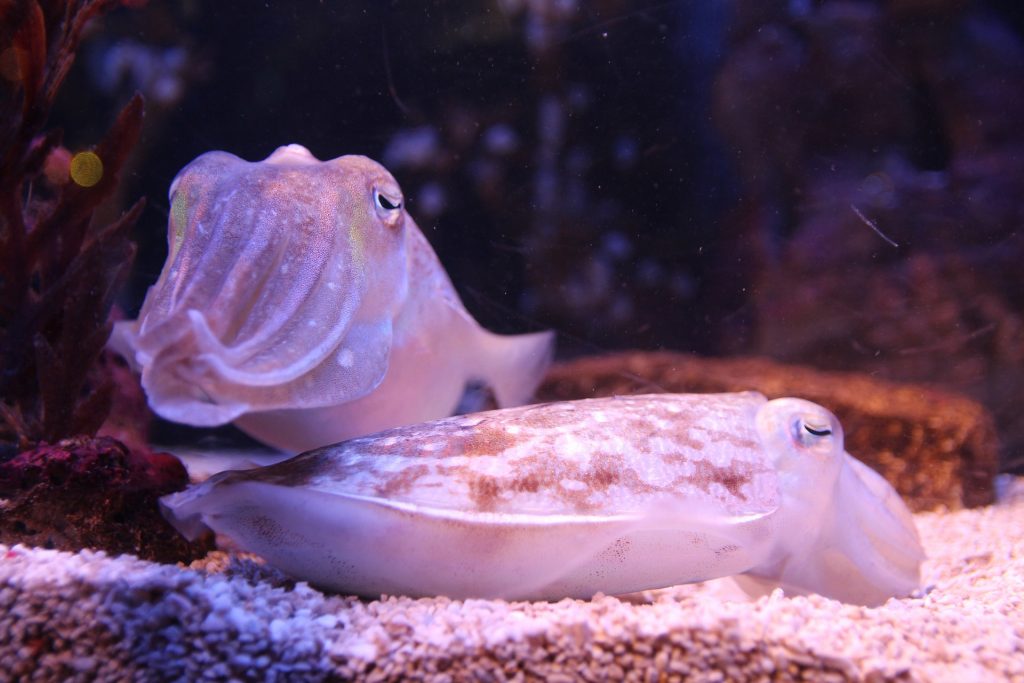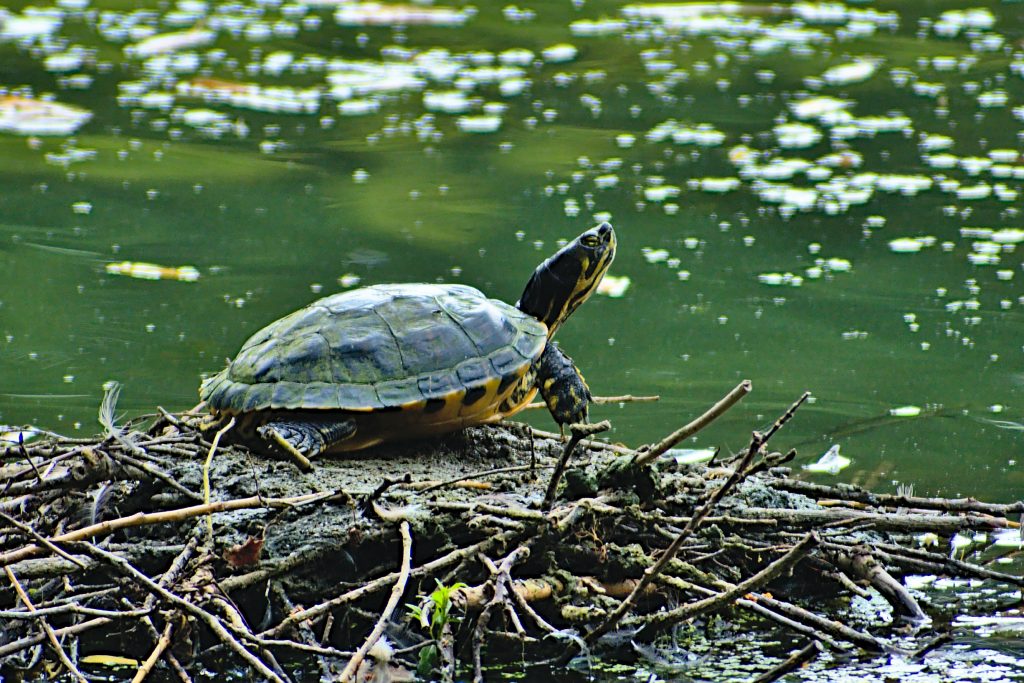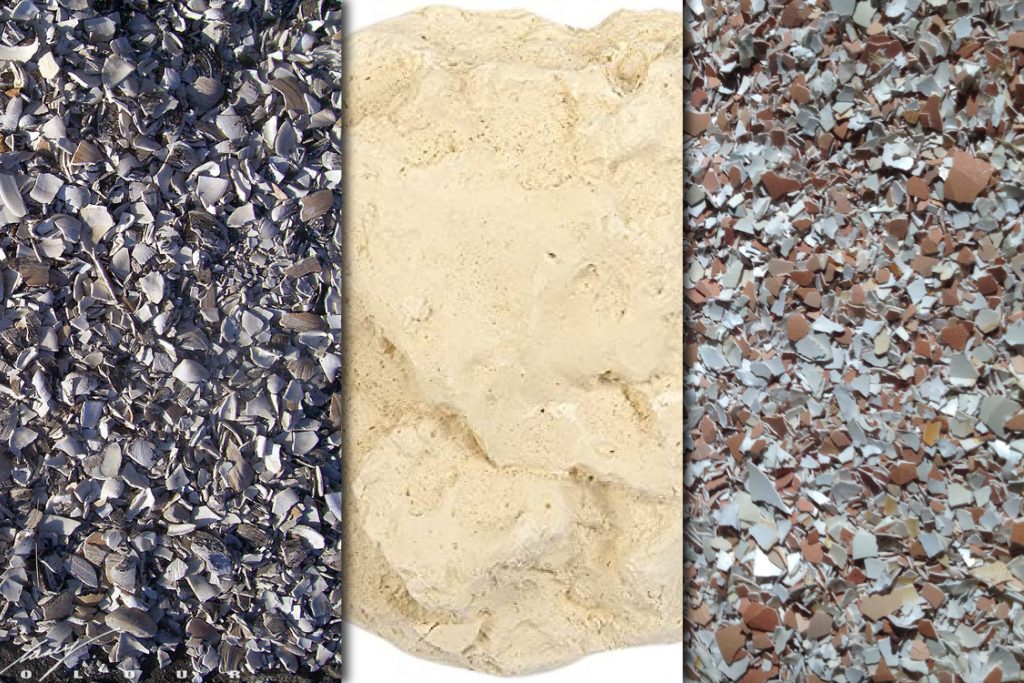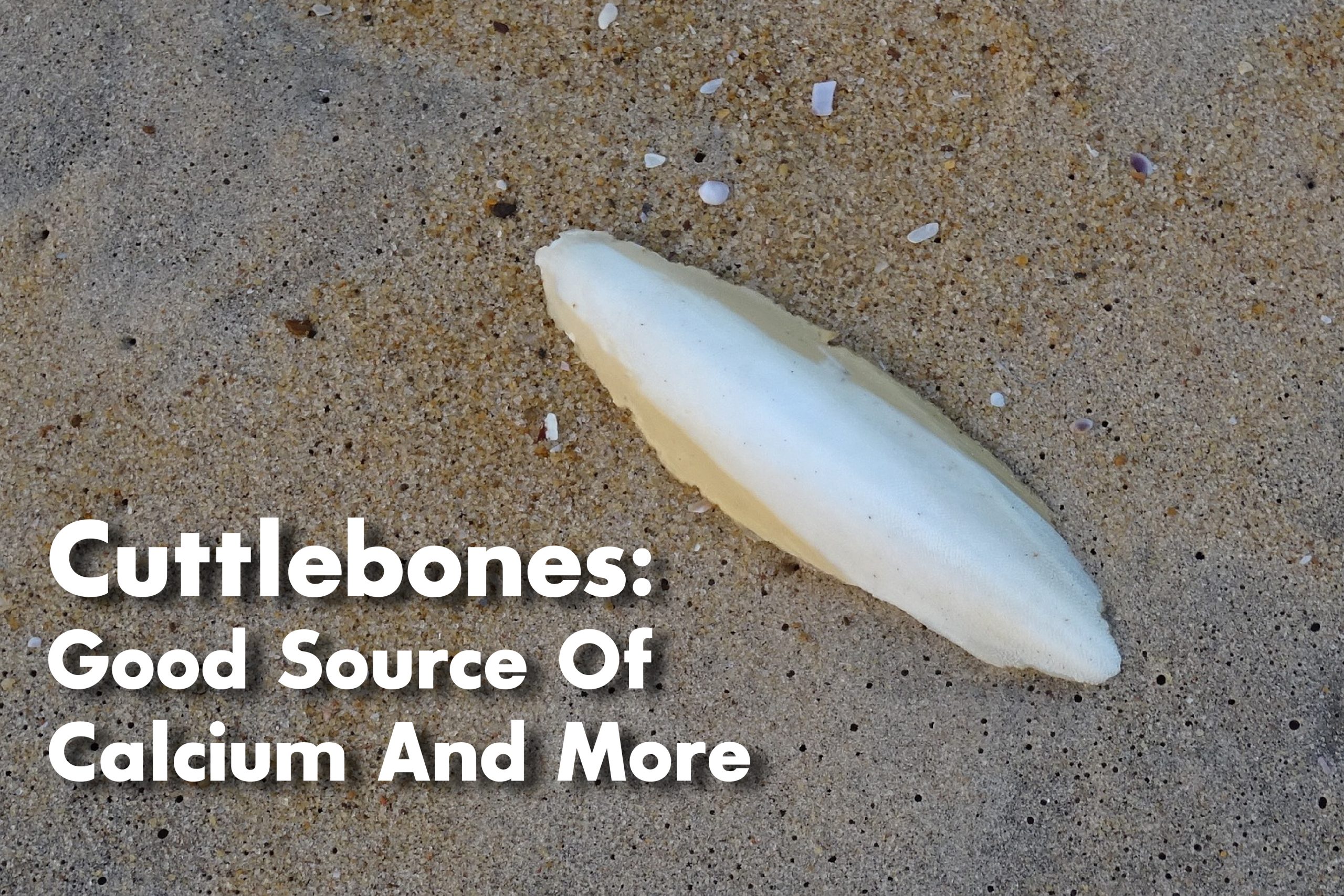Some of you may be familiar with cuttlebones and its uses, especially if you own a pet bird or tortoise. You may have even seen one floating on the water in a terrapin’s enclosure, whether it is in a pet shop or your friend’s home. But if you didn’t already know about the usage of cuttlebones in pet ownership, this inexpensive item not only serves as a great supplement but also as an enrichment tool for some of your little critters!
What Are Cuttlebones?

Cuttlebones come from a cuttlefish.
In a nutshell, cuttlebones are the hard, brittle internal shell of a cuttlefish. They are filled with gasses and functions to control buoyancy in these marine molluscs. Being calcareous, calcium carbonate makes up about 85% of cuttlebones. The rest comprises of other important trace minerals like potassium, magnesium, zinc, and iron.
Hence, this natural product can be safely given to pets like birds and reptiles that need an extra calcium boost, and are a good nutritional addition to their daily diet. Cuttlebones, which are lightweight, white and hard, oblong-shaped objects, can also be found at your local pet stores for fairly cheap.
Usage And Benefits For Pets
Since cuttlebones are calcareous in nature, they clearly serve as a good additional source of calcium, which is essential in bone, teeth, and shell formation in animals. This is why cuttlebones can be very beneficial during the egg-laying period for females since the high calcium levels will promote stronger and healthier eggs in the process. Together with its other components of important trace minerals mentioned above, such as potassium, magnesium, zinc, and iron, cuttlebones help build strong immunity and will benefit your pet’s overall health when given regularly.
Additionally, in terms of texture, cuttlebones are hard and rough to the touch. This makes them great tools for keeping beaks trimmed in pet birds, turtles, and tortoises to prevent overgrown beaks, which can lead to issues with eating and malnutrition as a result in the long run. Through the act of nibbling at cuttlebones, pets are also able to exercise their jaws in the process, and will be stimulated physically and mentally as well!
How To Give It To My Pet?
Providing your pet with a cuttlebone is easy. The ones that you find at your local pet supply stores are already pre-sterilized for convenience so you won’t have to do any prepping before giving it to your pet.
Birds
For birds, there are several ways you can offer a cuttlebone. You can opt to hang the cuttlebone near their usual perch area with a plastic tie if it doesn’t come with any clips or attachments. Or you can insert one sideways between the cage bars. Alternatively, you can even place one on the cage floor where your pet birds may find some fun in tossing and pecking at it while ingesting additional calcium. However, this method may not be ideal for some as they can be easily soiled from bird droppings.
Turtles And Tortoises

Turtles need calcium to keep their shells strong
As for turtles and tortoises, you can provide cuttlebones as a whole. Or you can choose to break them up into smaller pieces and place them around their enclosure or float a piece in the water for pets with aquatic setups.
However, if your pets are refusing and are not utilizing it in their enclosure, there are other ways to get cuttlebones into your pet’s diet. You can either grind it in a blender or scrape off bits of it with a knife and sprinkle it on their food. This way, you can even provide cuttlebones as calcium supplements to other reptile species such as geckos, iguanas, and skinks. This method is also a safer option for pets that are obsessive chewers that end up grinding down the whole cuttlebone quickly.
How Long Do They Last
The great part about this low-cost supplement is that it doesn’t have an expiry date to it. Depending on your pet and its chewing habits, cuttlebones will last as long as they allow it – weeks to months at that.
Do note that even though cuttlebones can last a long time, there will be times when you need to toss them out prematurely. This is usually the case when they get soiled or significantly discoloured.
Cuttlebone Substitutes

Ground oyster shells, mineral blocks, and crushed eggshells are good substitutes for cuttlebones.
If cuttlebones are something your pet finds unappealing, or if you have trouble getting access to them, don’t fret. There are other alternatives you can provide which will give them that extra calcium too! You can try substitutes like natural mineral blocks and ground oyster shells, or even crushed eggshells, provided you have cleaned them thoroughly before giving them to your pet.
Does My Pet Really Need A Cuttlebone?
Cuttlebones are not essential, given that you are providing your pet with a well-balanced diet and tools for trimming down beaks in species that require it. Usually, additional calcium intake is not necessary unless your pet is having calcium deficiency or is breeding. But due to its affordable price and health benefits, why not treat your pet to one? It doubles as a uniquely shaped and textured chew toy that your pets will enjoy and prevent them from unwanted destructive chewing while also giving them additional calcium.
Ultimately, even though cuttlebones are a good source of calcium that you can add to your pet’s diet, there are alternative supplements that may be better suited for them. So it’s always safe to consult with your veterinarian or a pet care consultant for advice if you’re unsure, or if your pet has serious health issues that would require more than just calcium supplements.

